
Radon
Having sited our new house, our next step was to make sure that the building was safe, durable and aesthetically pleasing.
Like most people, I imagine, I had only a vague notion of what Radon is. I knew it was a radioactive material and that it was dangerous in homes but little else. After some, not necessarily savvy, internet research (I typed “Radon” into Google), I learned quite a bit about Radon.
For example, I learned that Radon is a product of the radioactive decay of Uranium. That sounds scary but the truth is Uranium is prevalent in minute amounts throughout the earth’s crust. The trip goes something like this – Uranium decays into Radium which then decays further in Radon. Radon is known as a noble gas — I am not sure why since it kills innocent civilians.
There are plenty of great resources on the interweb dealing with Radon. Here are a couple of sites if you want to geek out on Radon’s properties and health effects. The first is a Citizen’s Guide put out by the Environmental Protection Agency. And there is a radon section on the National Institute of Environmental Health Sciences website if you are more interested in the Earth Science aspect of Radon. Finally if you are more interested in the health effects then the Centers for Disease Control also has a useful website dedicated to Radon and its health affects.
I always thought of Radon as only a gas but in reality Radon also present in solids (e.g. – rocks) and liquids (e.g. – in well water). It has no smell, taste, and is invisible. I had a semi-conscious notion that Radon is a problem with only older buildings but the truth is that any structure, no matter how new or green, is vulnerable. Without thoughtful mitigation, even the newest, greenest home could harm its occupants.
It was also surprising, that Radon is thought to cause an estimated 21,000 deaths a year – making it one of the leading causes of death in the US. The EPA has maps of Radon distribution (luckily Vermont has no high potential areas) but these should only be considered rough guides as geology can be quite different in specific areas from what is generally present in a given county.
Given the risks, premature death, I think it is wise to build a home with Radon mitigation in the foreground of your planning despite what the distribution maps may indicate as the level of risk. In this respect, the EPA’s website has very specific recommendations for buidling “Randon-resistant new construction”. A very useful pdf entitled “Building Radon Out“ covers designs for Radon mitigation for new buildings with basements, slabs-on-grade, crawlspaces, and manufactured homes.
There are two basic designs for Radon-resistant new construction – passive and active. In one, a pvc pipe inside the heated envelope of your house allows Radon to go from under your house to out of your roof. The theory is that the warmed air naturally rises through convection, bringing with it the Radon that has been collected in the pipe under your slab. The active design simply adds an inline fan to help this process along.
We are lucky to live in the great state of Vermont where Radon Test Kits are free from the Department of Health but if you live elsewhere, don’t despair – many states have funds to subsidize the costs. Just check the EPA website for local offices in your state.
I also found a short video put out by the EPA that goes over their “Test, Fix and Save a Life” process of mitigating Radon in existing structures. It is the story of someone who lost a lung to Radon. There has been some disagreement over the campaign information the EPA put out, in specific whether the rates of death they site are for smokers who are more susceptible to lung cancer to begin with or everyone who inhales Radon. Here is a link to an interesting National Public Radio report on the subject.
Although, one could argue that the EPA is being a bit alarmist in their media campaign and that it is not a one size fits all solution, it is also true that a marginal amount of expenditure could save a life – I am not sure anyone is qualified to quantify what that is worth. And that brings me to my next point, whereas mitigation costs about $1,000 to $2,000 according to the NPR report for existing homes, adding the same capabilities from the start costs only the price of a few lengths of 4″ PVC pipe, a few couplings, a boot for the roof, silicone and some PVC primer and cement. In my case, this added up to roughly $100 without the inline fan, about $300 (if I had chosen that route). That is quite a savings. It is also important to note that your electrician can throw in an extra outlet in the attic quite easily in, case you need a fan, for the cost of wire and an outlet box, if you wait until a problem is confirmed, that also has a much bigger pricetag.
Lest you think that this is not such a serious issue, the federal goverment has just released a “New Radon Federal Action Plan” with the goal of saving 6,500 lives by 2015.
Once you have the Radon under your house squared away, you can start thinking about the Radon that may be leaking out of your fancy, granite countertops!
Things to Remember
- Plan for Radon mitigation from the start – it is worth doing even if the EPA map shows that the threat is low and much cheaper this way. Aesthetically, it is also your best bet as you can hide the pipes in interior walls rather than having them outside your building envelope, which is unsightly. Of course, unsightly is not as bad as death so…
- Have your electrician put an outlet box in the attic very near where an inline fan might need to be installed, again this saves you money if later on you find that you need to make your system “active”.
- If there are any changes to the footer/foundation plan, remember to consider how this might affect your mitigation strategy. If the footer/foundation changes create seperate areas under the slab, address this by updating your mitigation plan and pipe layout.
- If you already have a home, test it.
- Run the numbers, if you have Radon and the concentrations are above recommended levels consider mitigation – however unsightly.
- If the threat in your basement actually turns out to be a Ninja, get this.
Thanks.
Fine Homebuilding Recommended Products
Fine Homebuilding receives a commission for items purchased through links on this site, including Amazon Associates and other affiliate advertising programs.

Handy Heat Gun

Reliable Crimp Connectors

8067 All-Weather Flashing Tape
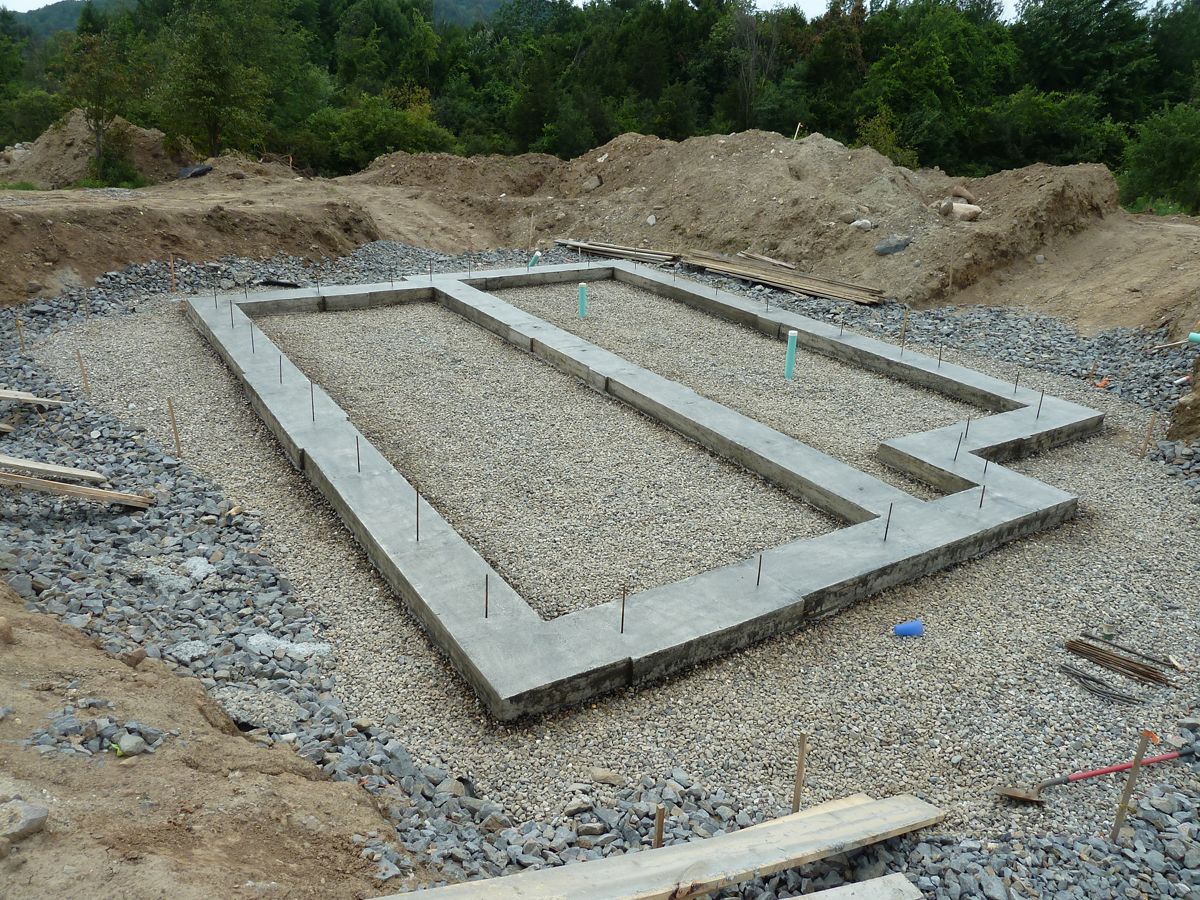
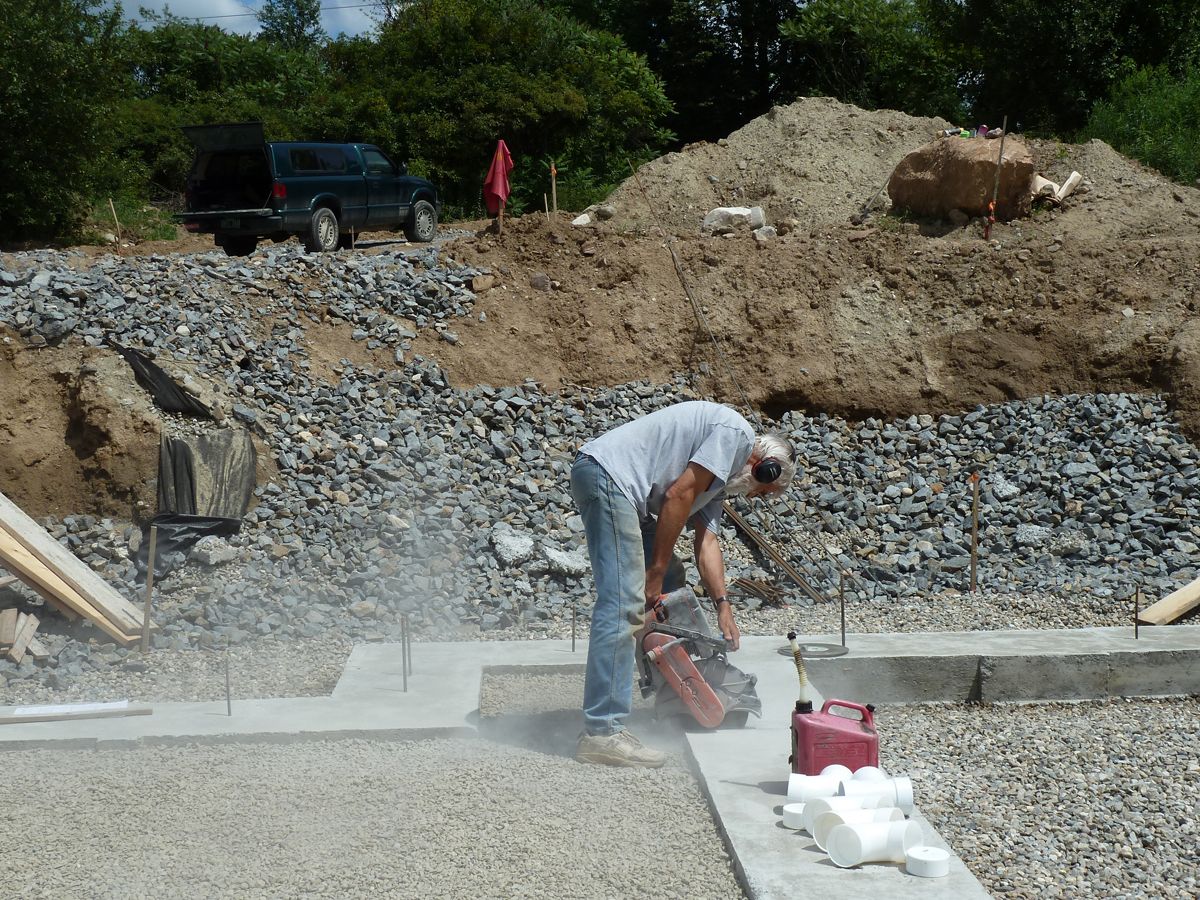
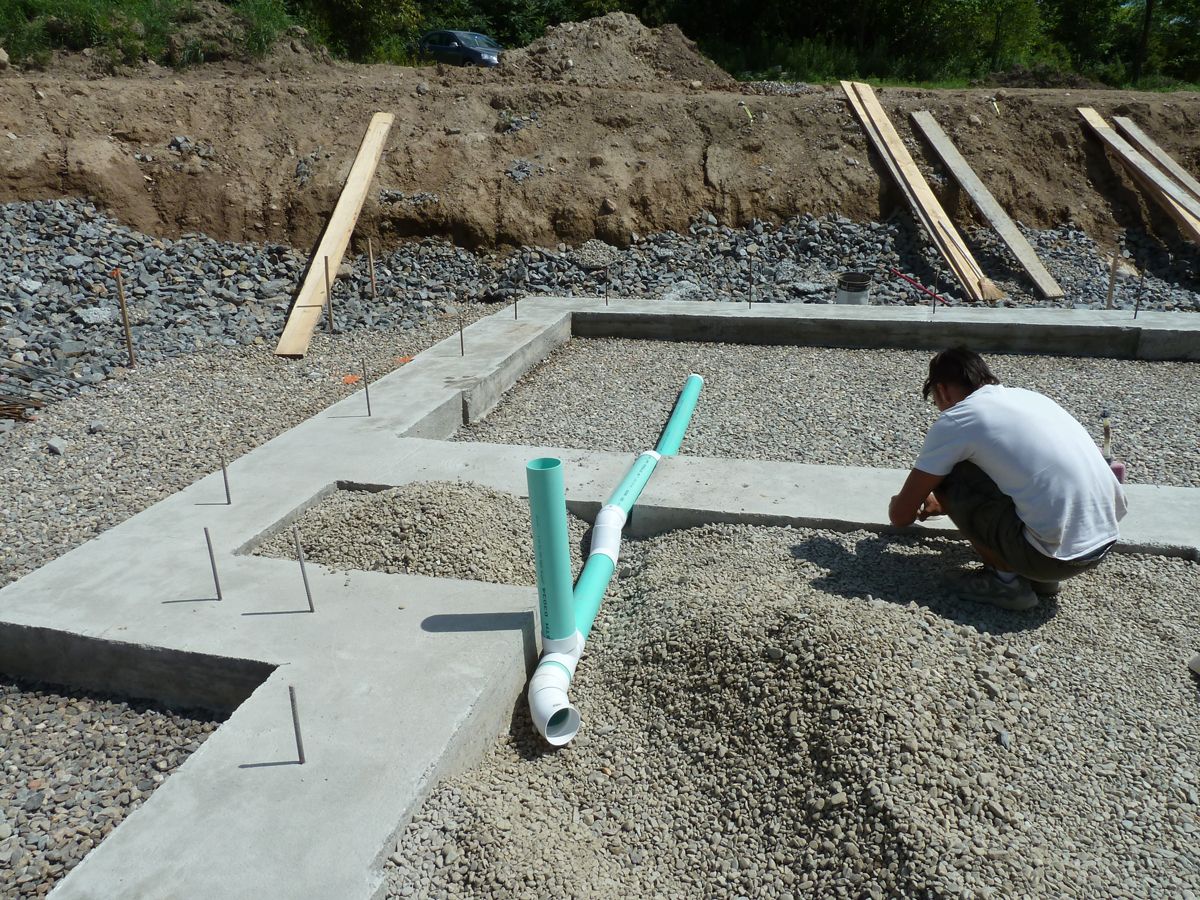
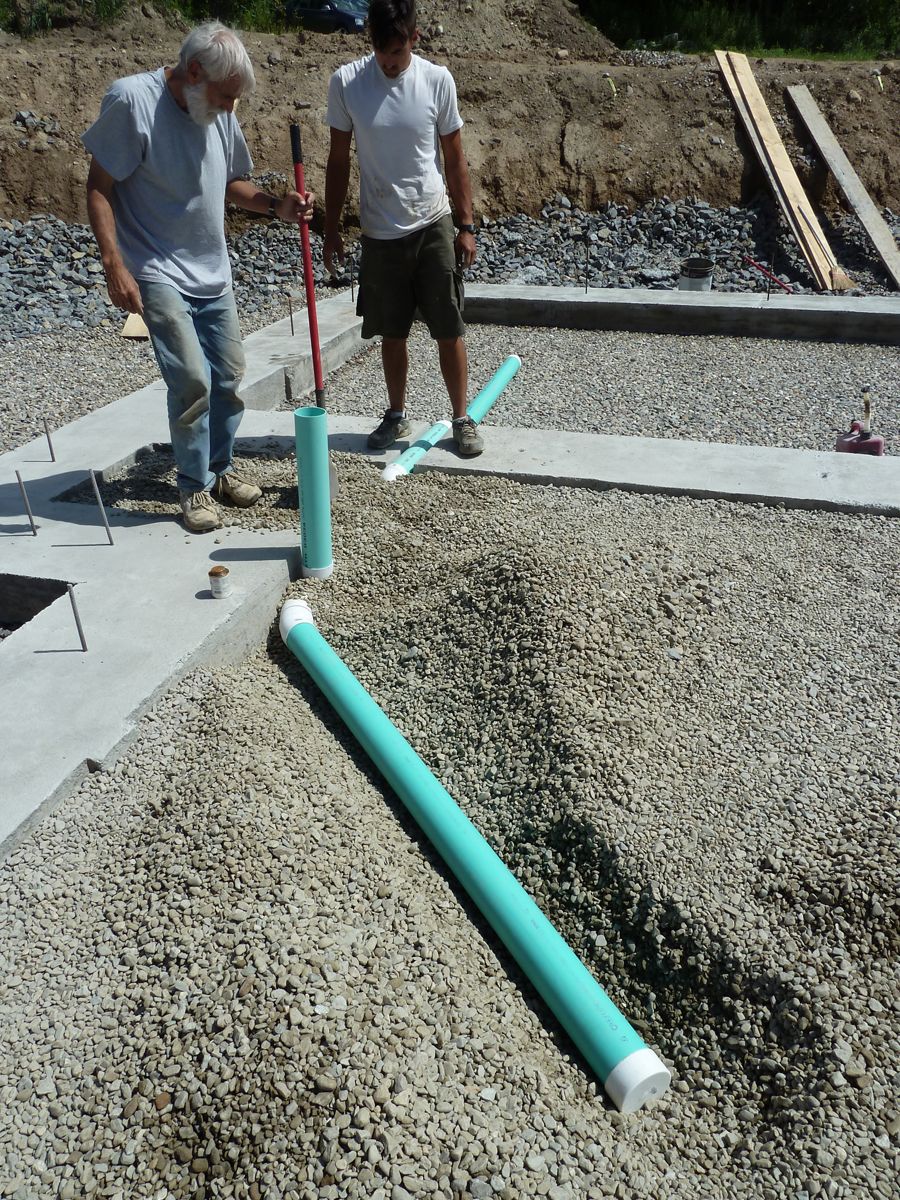
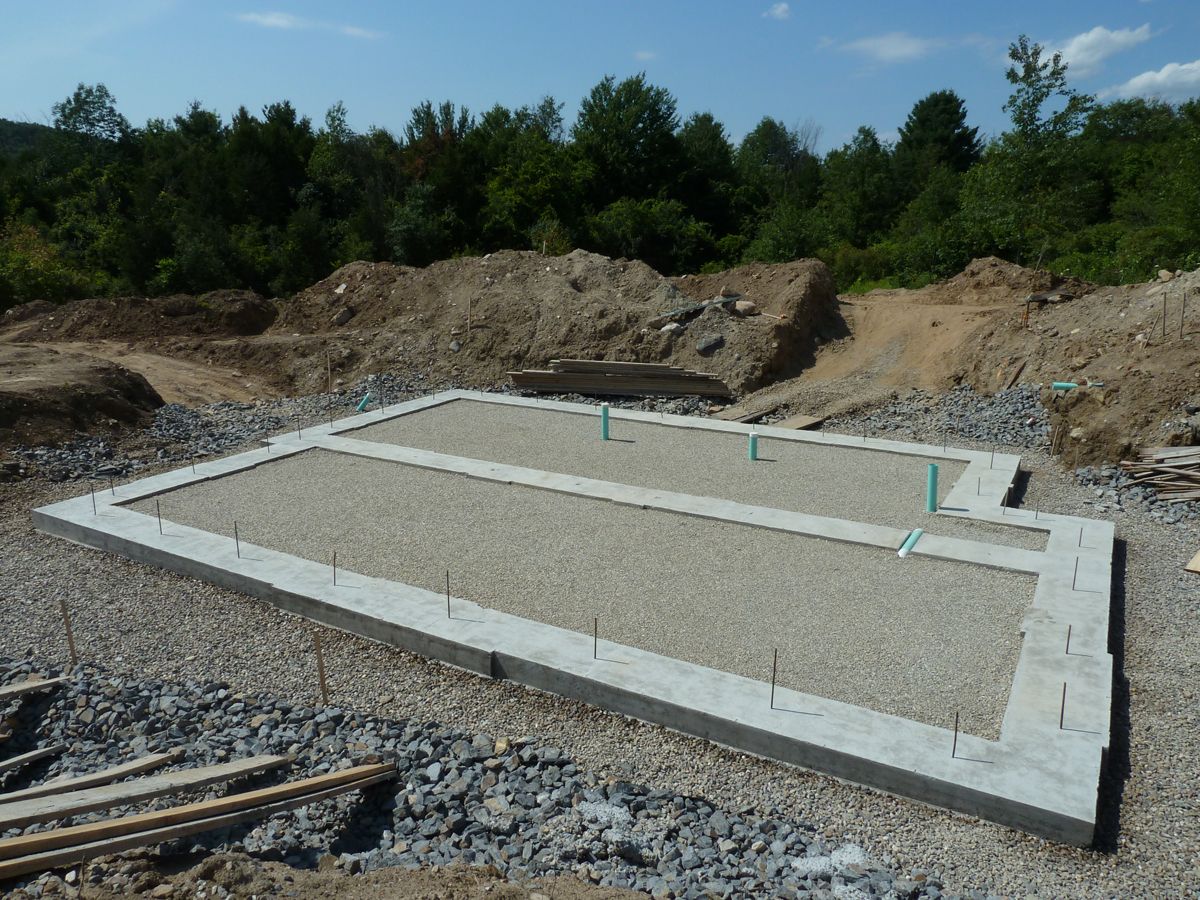

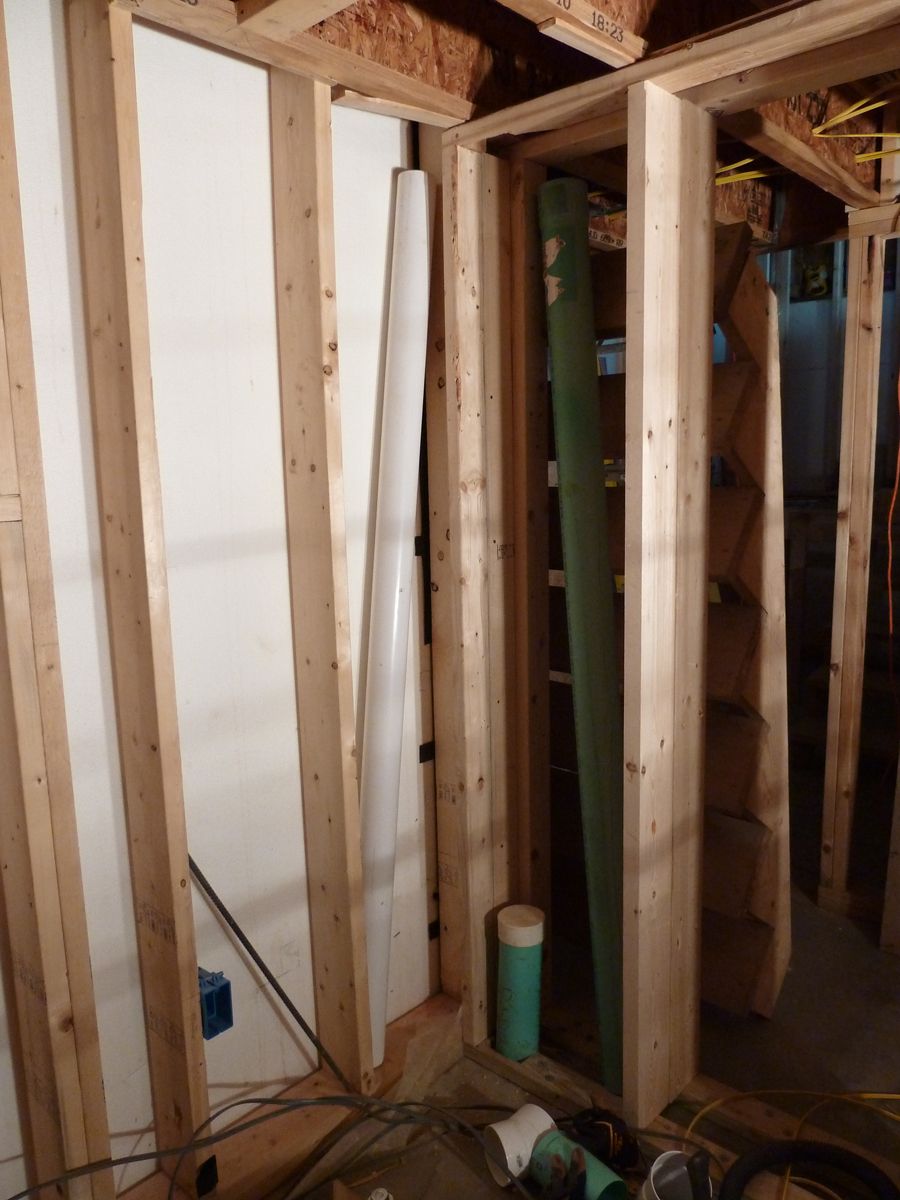
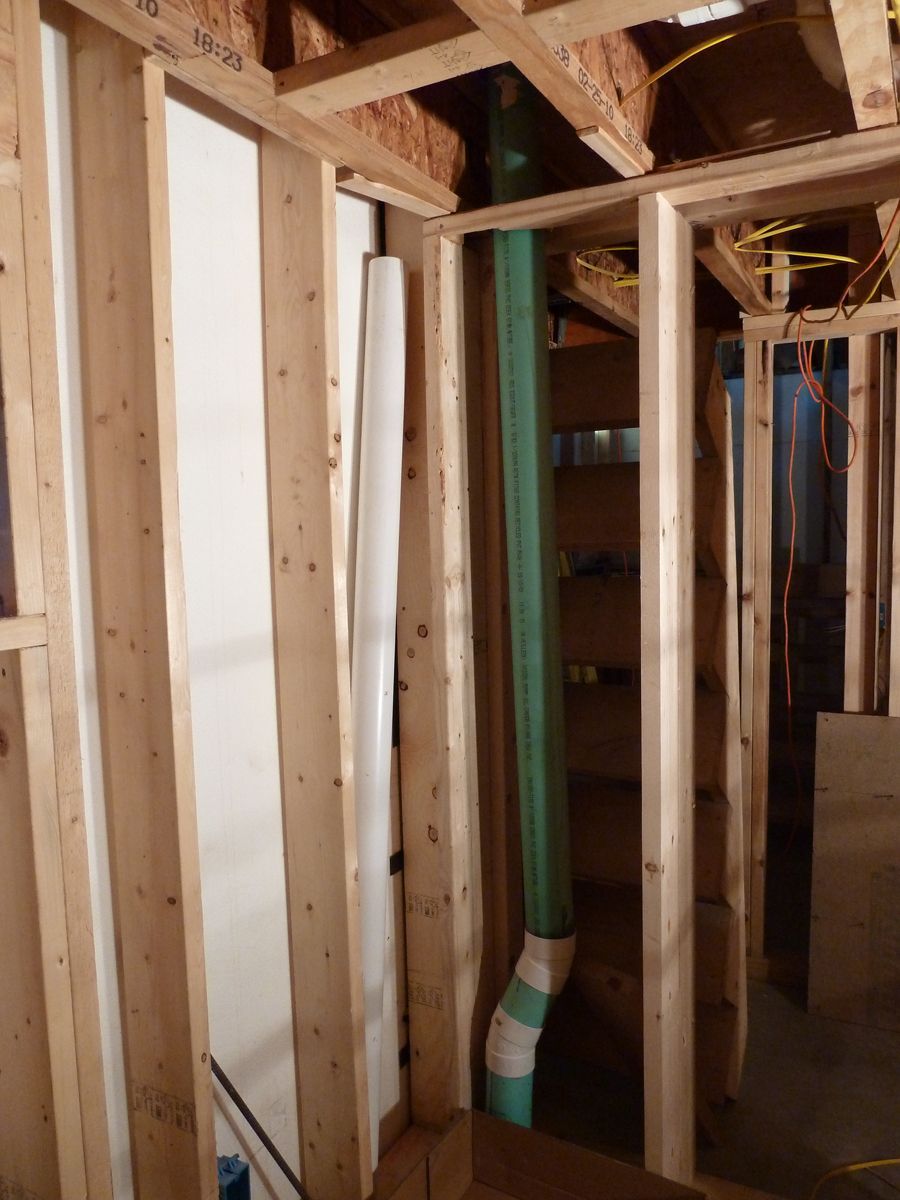
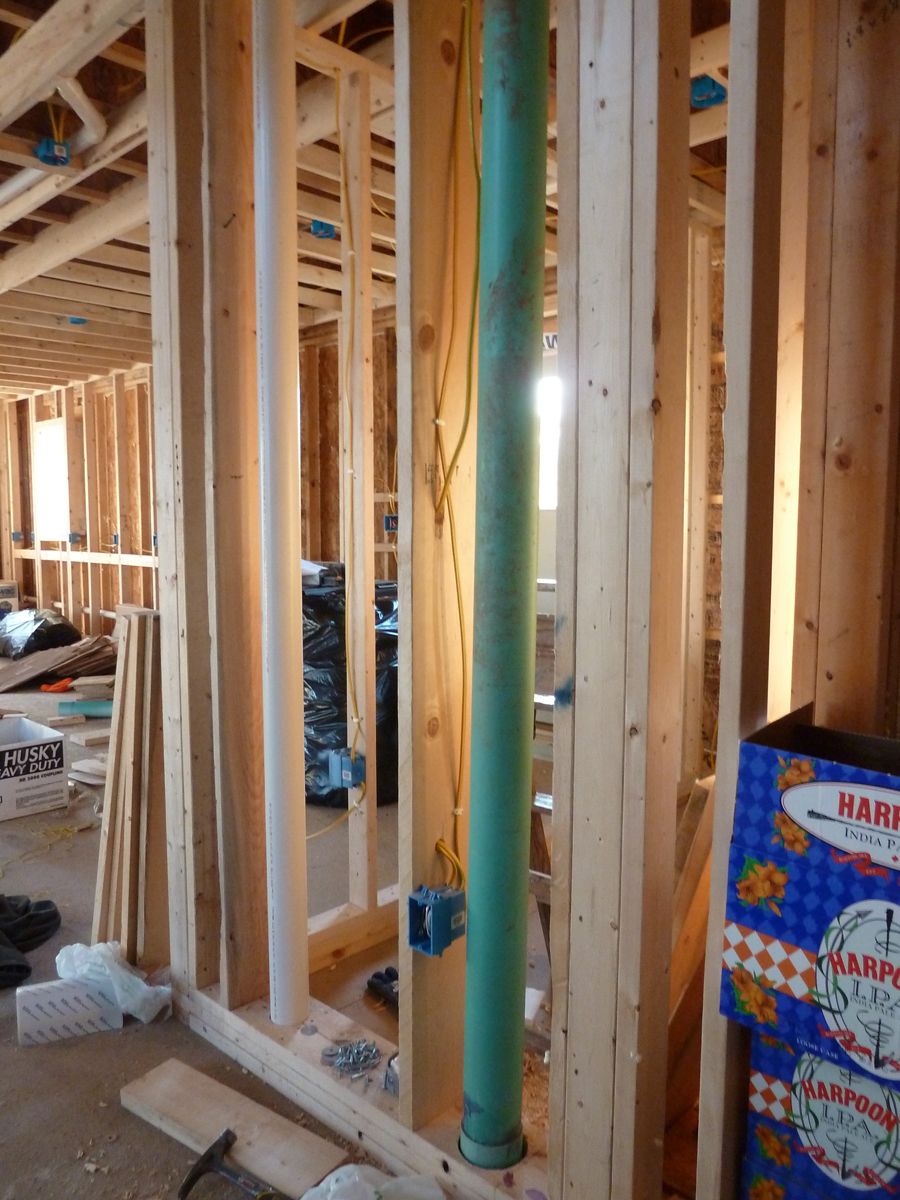
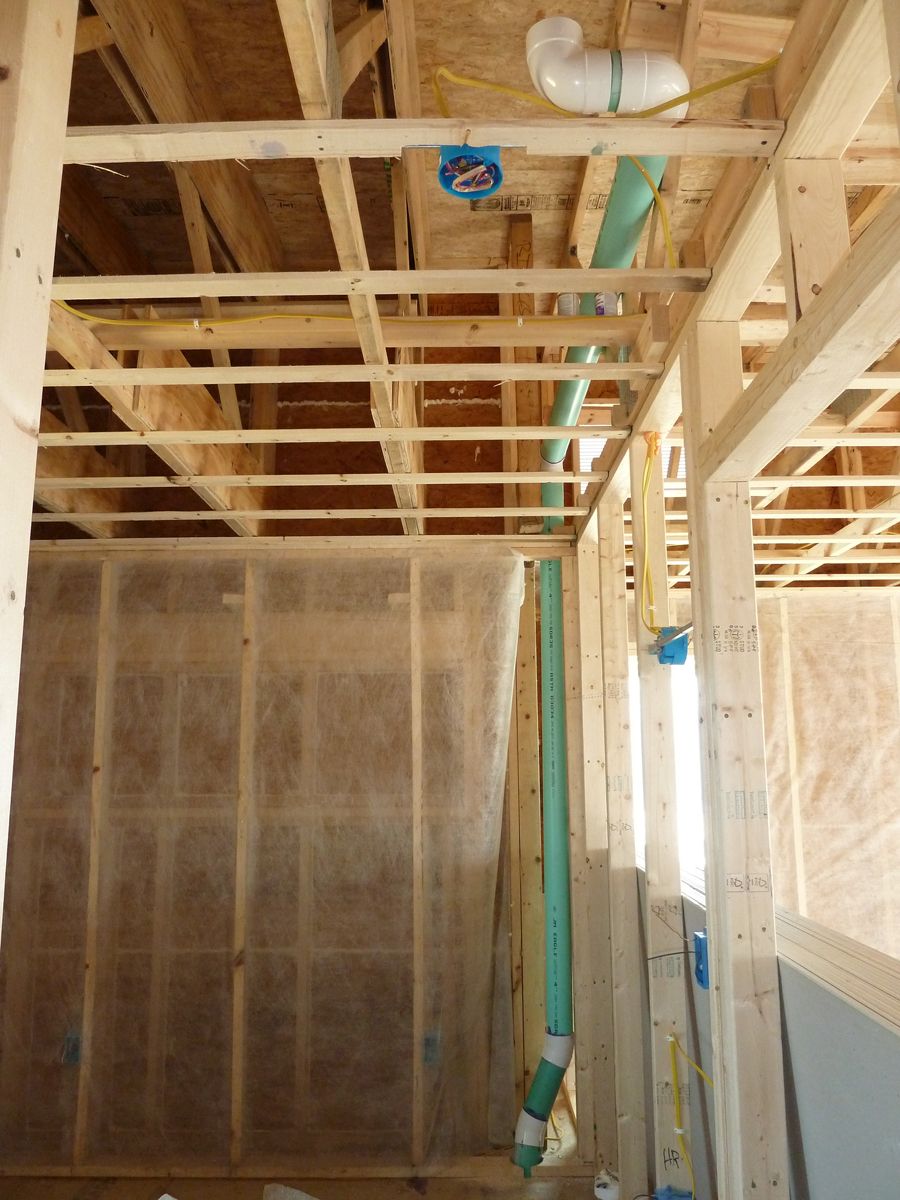




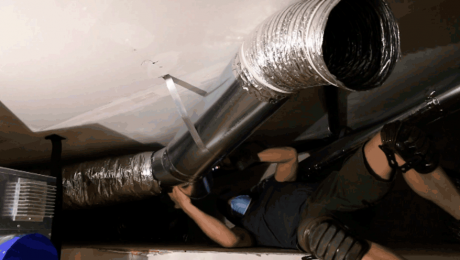
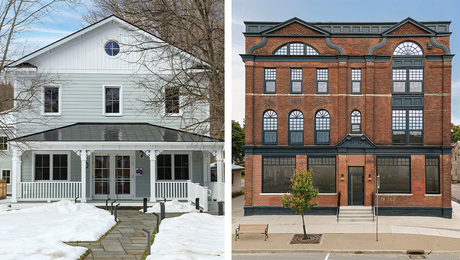








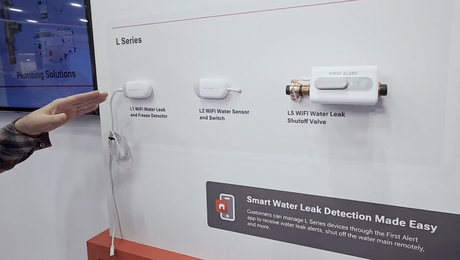













View Comments
Is this really done properly? It looks like they used solid schedule 20 under the slab... which should be the 1" perfed piped, and then schedule 20 from the floor to the roof.... which has to be schedule 40. That's EPA/ASTM/AARST protocols, and has been since about 1991. Lots of bends which slows down flow... and then the attic run, which kills the entire thing's vertical flow. Once that attic pipe gets cold, flow will stop.